Safety at Play
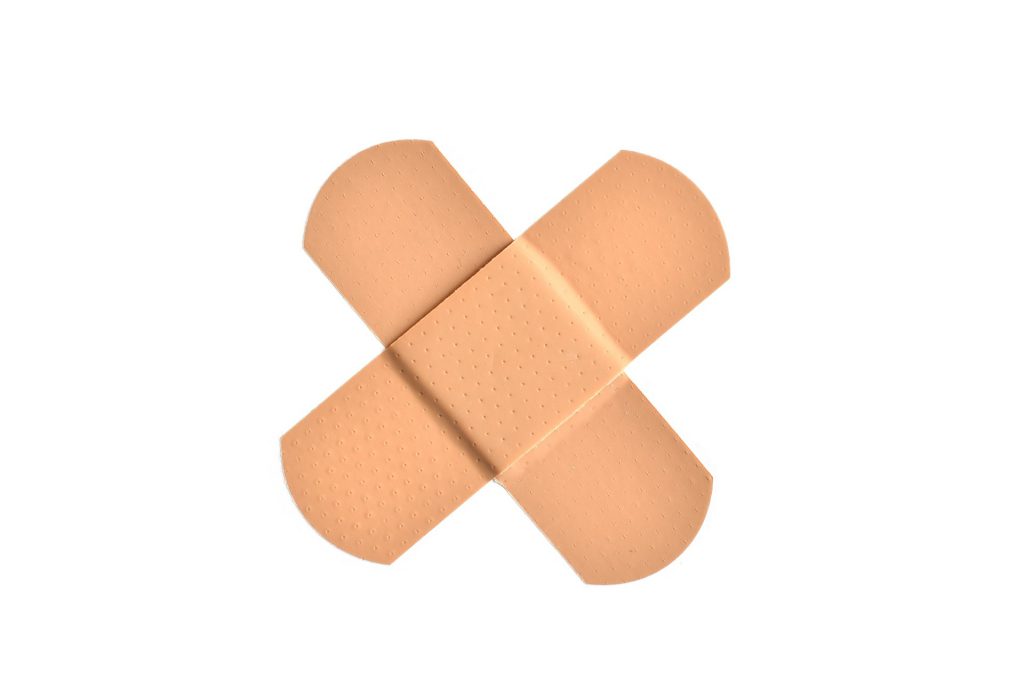
September 1 through September 7 is National Childhood Injury Prevention Week. The purpose of this week is to raise awareness of preventable injuries, such as bike accidents and falls, that harm children. All physical activities have the risk for injury, so it’s important to exercise with proper technique, preparation, and equipment. Part of being a kid involves falling and accidental injuries which are usually minor, but there are steps you can take to prevent them and avoid a worse injury.
Many injuries can be prevented by proper adult supervision. Also, make sure children stretch before and after play, especially for activities such as sports and strength training. Here are some other tips to prevent your child from getting injured while they play!
- Avoid playing games inside that require a lot of space. Have children do activities like kicking a ball and jump rope outside to avoid hitting someone else. Also, teach children that pushing, shoving, and “roughhousing” while they play can be dangerous.
- Make sure children use equipment properly. Teach them how to use playground equipment, sports equipment, and other materials safely before they begin. If older children and teens choose to strength train with weights, make sure they know how to determine the proper weight to train with.
- Teach children proper technique for the sport or activity they’re playing. For example, knowing the right way to throw and catch a baseball or perform a bodyweight exercise can help prevent injuries.
- Have children wear a helmet and pads as appropriate for their activity. For example, children (and adults!) should always wear a properly-fitting bike helmet when they ride a bike. Also, many sports require use of certain protective pads, mouthpieces, and eyewear.
- Older children and adolescents involved in sports should take at least 1 day off weekly and one month off annually from a particular sport.
- Have children take breaks while exercising and tell them to stop if they get tired. If they hurt, make sure they know to stop and not just play through the pain. Also, have them drink plenty of water before, during, and after play (especially when it’s very hot and/or humid outside).
It’s also helpful to know how to help your child in the case of injury. To be prepared for these situations, you may like to take a basic CPR/first aid class. You can find classes near you by visiting the American Red Cross website.
To learn more about child safety, check out the following links:
- https://www.healthychildren.org/english/safety-prevention/at-play/Pages/default.aspx
- https://www.cdc.gov/safechild/
- https://www.safekids.org
Think about your child’s favorite activities and how you can help them play those activities safely!
Build an Easy Breakfast
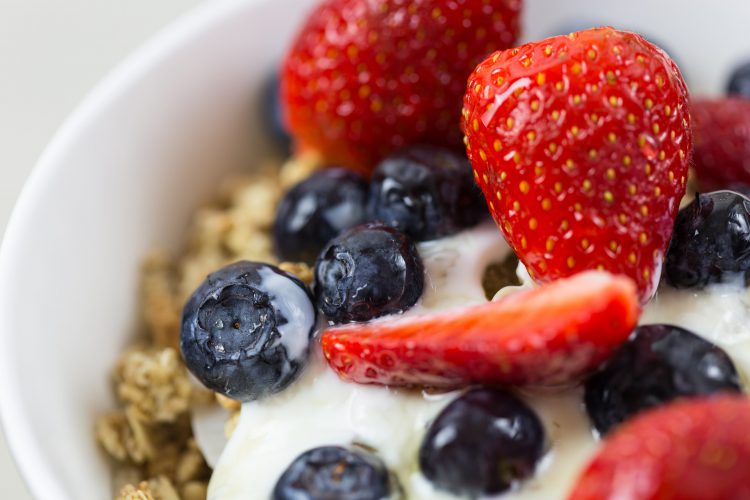
Mornings can be a hectic time to get everyone fed and off to the places we have to be often early in the morning. Breakfast may not always be a top priority. However, breakfast is a very important part of the day for you and everyone in your family. For some ideas, Super Healthy Kids has a list of recipes to help make your mornings a little easier: http://www.superhealthykids.com/10-healthy-breakfasts-help-kids-well-school/
Here are some of the highlights:
- Be sure to check out the 25 different ways to enjoy toast.
- Check the breakfast burrito bites for a quick breakfast: http://www.superhealthykids.com/finger-food-breakfast-burrito-bites/
- Think about how you can involve your kids in the process. I found another resource to share that gives suggestions for recipes youth can prepare for themselves: https://www.care.com/c/stories/3543/breakfast-ideas-for-kids-to-make-themselves/. Who would think to use a paintbrush to prepare snacks?
However you choose to make breakfast a part of your family’s day, be sure keep it simple!
Emily
Food Safety: Are We Making These Mistakes?
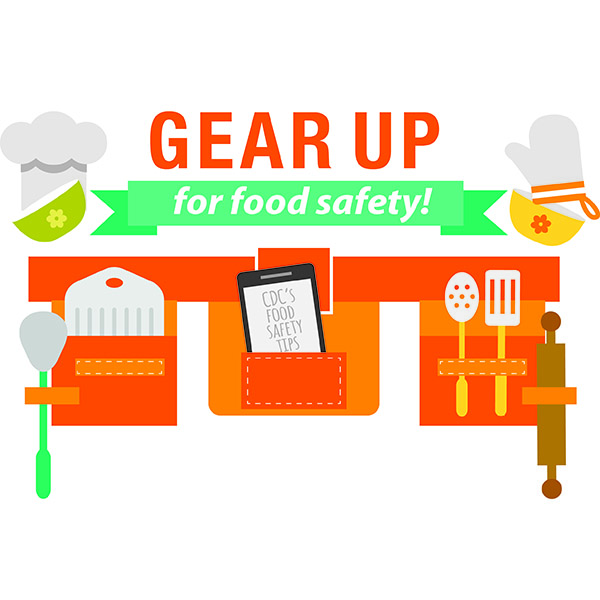
We know that food safety isn’t something to take lightly in your home. In fact, some of our simple mistakes can be much more dangerous than we think.
In an article posted on FoodSafety.gov, some of our biggest food safety mistakes are highlighted.
For instance, do you wash meat or poultry? What about eat raw dough, cookie dough, or other foods with uncooked eggs or uncooked flour?
To read all the common mistakes, read the full article here: https://www.foodsafety.gov/keep/basics/mistakes/index.html .
Grow a Family Garden
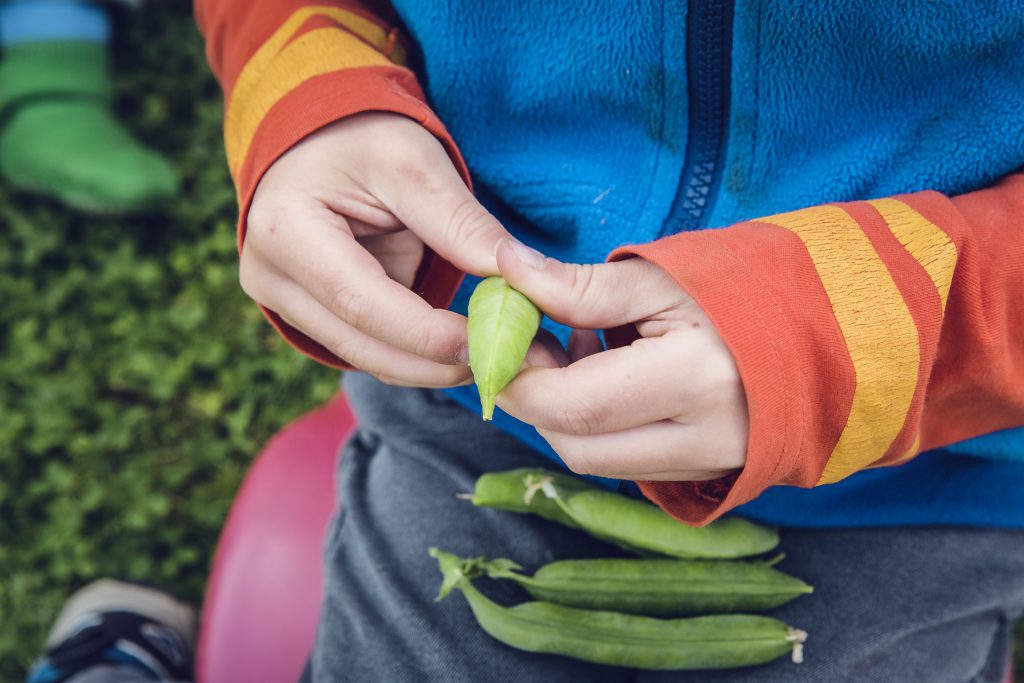
Gardening is a great activity to do as a family all year long. Between digging, pulling weeds, raking, and other tasks, gardening is undoubtedly hard physical work! Not only is gardening a great physical activity, but it also allows you to grow fresh fruits and vegetables. Your children having a hand in growing their own food can even make them more willing and excited to try fruits and vegetables they may not have normally tried.
Get your children involved in gardening by asking them what they’d like to grow. After gathering necessary materials, children can help with digging and planting. Also, you can have them help with garden maintenance by pulling weeds and watering the plants. They’ll be sure to enjoy the fruits of their labor!
Growing your own garden may seem difficult, but with enough patience and time you can reap the benefits of your hard work. If you need help getting started, contact your local extension office. You can also read this article to learn the basics of starting a vegetable garden: https://content.ces.ncsu.edu/home-vegetable-gardening-a-quick-reference-guide. To find out what’s in season now, follow this link: http://www.ncagr.gov/markets/chart.htm.
What will you grow in your garden?
Child’s Play
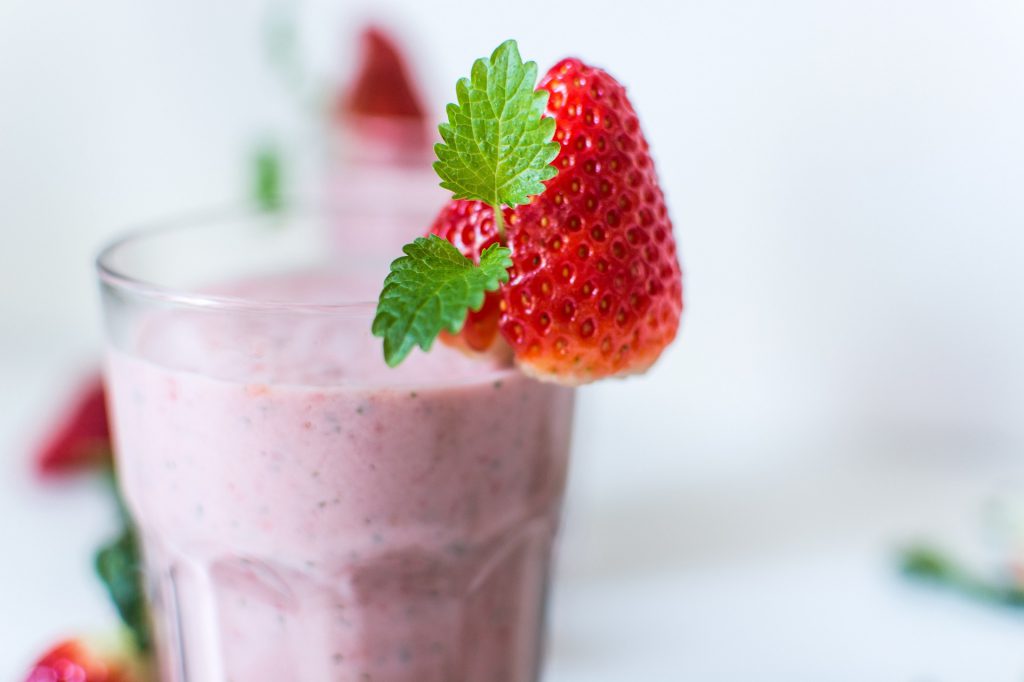
Spending time with your children is a great way to show them you love them and care about their interests. Sometimes, children may have a hard time expressing themselves through conversations and answering questions like “how was your day?” Participating in your children’s activities and hobbies with your children can help you connect with and relate to them in a way they can appreciate.
Whatever activity your children participate in, take part so you can Move More together. You can throw a Frisbee or a baseball, or play one-on-one basketball. Whatever they choose to do–join in! This can also be a great opportunity for both you and your children to try new activities that you may find you all enjoy. As the saying goes, “don’t knock it ’til you’ve tried it!”
Setting a good example for your children can help them want to be involved in regular physical activity. Children are always looking to their parents for guidance, which gives you a great opportunity to shape your children’s attitudes about living a healthy lifestyle. For more ideas on how to get your children active, visit https://www.cdc.gov/physicalactivity/basics/adding-pa/activities-children.html.
What day this week will you join your children in active play?